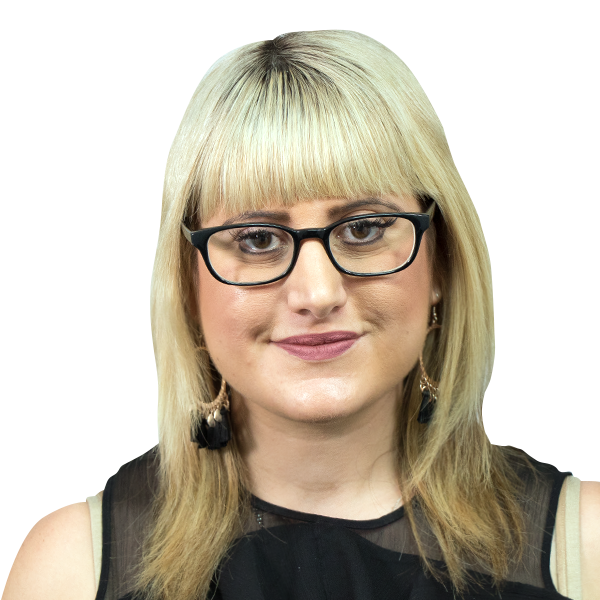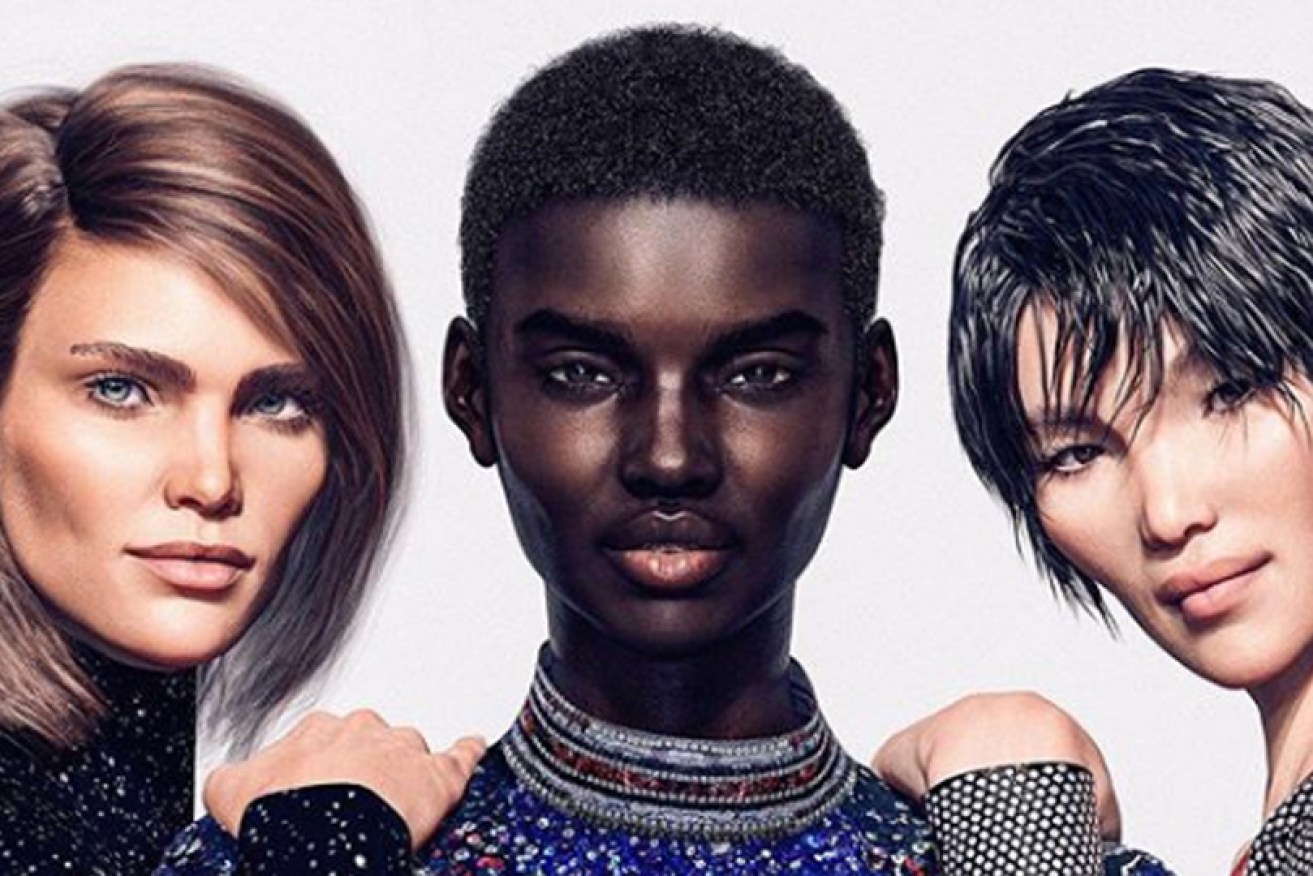Experts slam Balmain’s latest campaign featuring computer-generated models


CGI models (from left) Margo, Shudu and Zhi are now being used by leading fashion houses such as Balmain. Photo: Instagram
Experts and modelling agencies have slammed luxury fashion label Balmain, after enlisting computer-generated models as the faces of its latest campaign.
The digital models will join some of the biggest names tied to the brand, such as Gigi Hadid, Rihanna and Kendall Jenner, to front the French fashion house’s Fall/Winter 2018 campaign.
Balmain’s creative director Olivier Rousteing reached out to British fashion photographer Cameron-James Wilson, who created virtual supermodel Shudu last year, and asked that he construct a virtual Balmain Army.
Shudu is billed as the world’s first virtual supermodel, with an Instagram following of 143,000.
A statement on Balmain’s website said: “Anyone and everyone is always welcome to join Balmain army’s growing ranks — they need only share our bold spirit of adventure as our new virtual icons, Margot, Shudu and Zhi who mirror the beauty, the rock style and the confident power.”
But body image expert, Sarah Harry, director of Body Positive Australia, said the fashion brand’s move to endorse computer-generated models was appalling and sent out a negative message.
“Robots don’t buy their clothes, humans do, so I can’t see the point of how this is an aspirational move from the brand,” Ms Harry told The New Daily.
“This is negative on absolutely every level because it’s fabricated and it sends every possible poor body image message to people.”
Ms Harry said some people were unaware that computer-generated models were fake.
“They create this image of perfection and I’m aware of several people who didn’t know that these models weren’t real.
“It’s also outrageous because you’re telling people that airbrushing isn’t good enough anymore and that we need to go to a higher level of perfection – one that doesn’t actually exist.”
Rochelle de la Croix, booking agent at Top Models and Events in Sydney, said computer-generated models could never replace human models.
“Computer-generated models don’t have the soul, spirit or personality of a real-life model, particularly in a magazine where you can see a spark in the model’s eye but you can’t get that from a computerised image,” Ms de la Croix said.
She said modelling agencies were supposed to promote diversity.
“We’re after individuality and uniqueness and some clients take models with freckles or gaps between their teeth and plus-sized models.”
https://www.instagram.com/p/BnOr8qfAfJU/?utm_source=ig_web_copy_link
Stephen Bucknall, director at FRM Model Management, told The New Daily he was looking to create his own computer-generated models in the near future.
“I realise that virtual reality will be the way to go and I’m looking at creating these type of models but overall I don’t see this as an industry shake-up,” Mr Bucknall said.
Associate Professor Alexander Mussap, body image expert at Deakin University, said computerised models didn’t pose a threat to create further body image issues among people.
“What I would expect is less of an effect on people as we know that these models aren’t real,” Professor Mussap said.
“When we see a real person that you can relate to, it can get under your skin in a more potent way than when you’re shown something very abstract and overly-perfect.”








